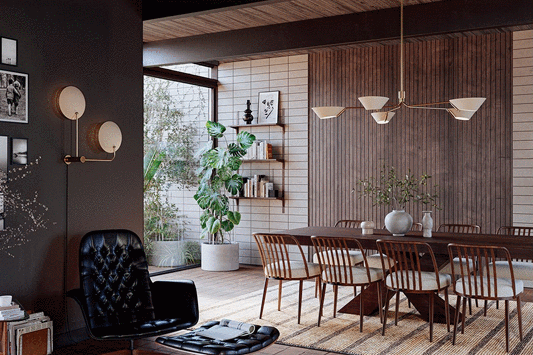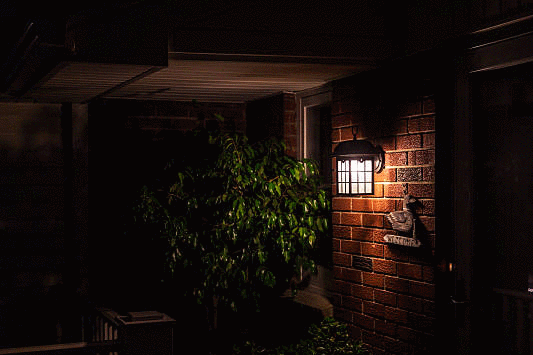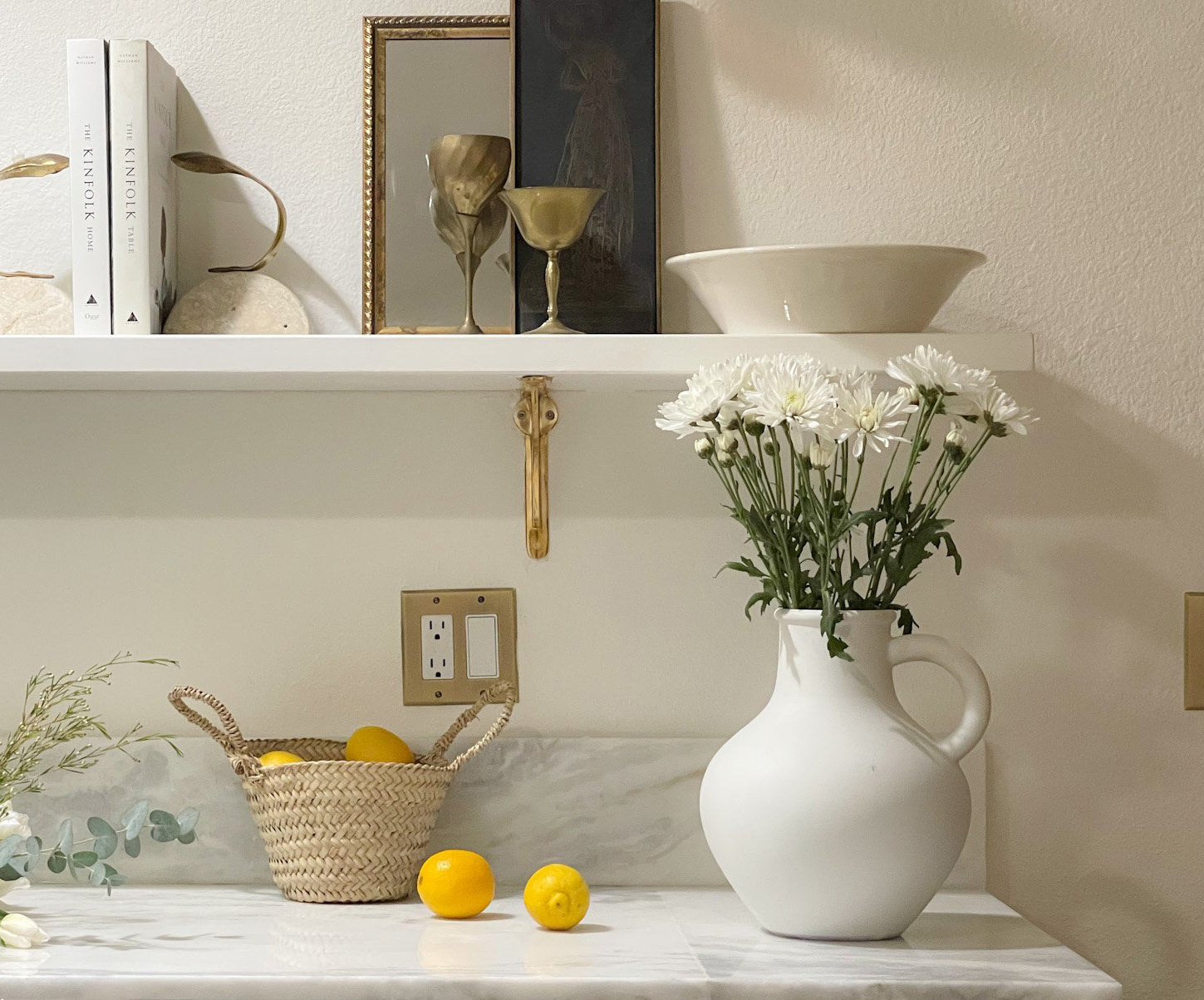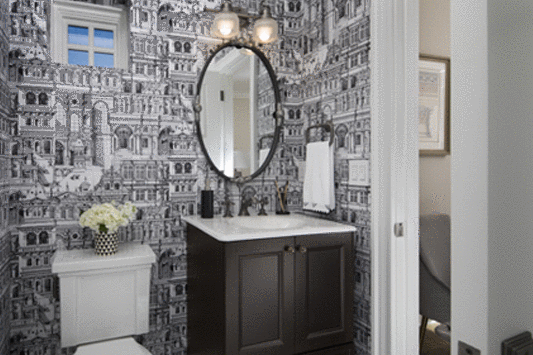Colonial Style Architecture
Colonial architecture is a historic style of architecture that is defined by its influence from various countries during the colonial period. This style was brought to different colonies by explorers, settlers, and immigrants, who wanted to build homes and buildings that reminded them of their mother country. Colonial architecture emerged in the 17th century, and it continued to be popular until the American Revolution. This article explores the history and style of colonial architecture and buildings.

History:
Colonial architecture originated in the 17th century with the arrival of European settlers in America. The first European colonies were established in Virginia and Massachusetts, and they were designed to replicate the social structure and architecture of the mother country. The dominant architectural styles were English Renaissance and Tudor styles, which were characterized by their steep roofs, symmetrical facades, and stylized ornamentation. However, these styles were not practical in the American climate, which was harsher than that of Europe.
In the mid-17th century, a new style emerged in America, which was known as the Colonial style. This style was influenced by the Dutch, English, and French immigrants who arrived in America in large numbers at that time. The Colonial style was simple, practical, and functional, with a focus on functionality over ornamentation. This style was characterized by large, wooden structures with sloping roofs, gabled ends, and a central chimney. The houses were usually constructed from locally sourced materials, such as wood and stone.
The Georgian style, also known as the Palladian style, emerged in America in the 18th century. This style was characterized by its symmetry, balance, and classical proportions. The Georgian style was heavily influenced by the British architect, Sir Christopher Wren, who designed many prominent buildings in London during the 17th century. The Georgian style was popular among the wealthy and influential Americans, who wanted to demonstrate their social status and wealth through their homes and buildings.
The Federal style became popular in America in the late 18th and early 19th centuries. This style was characterized by its wide, spacious rooms, high ceilings, and elegant ornamentation. The Federal style was influenced by the Neoclassical and Federalist movements in Europe, which emphasized the use of classical motifs and symmetrical design. The Federal style was popular among the aristocracy and the wealthy merchant class, who wanted their homes and buildings to be grand and impressive.

Style:
Colonial architecture is characterized by its simplicity, practicality, and functionality. This style emphasizes practicality over ornamentation, and it is designed to withstand harsh weather conditions. Colonial buildings are typically constructed from locally sourced materials, such as wood and stone, and they are designed to blend in with their natural surroundings. Colonial buildings are usually large, wooden structures with sloping roofs, gabled ends, and a central chimney. The houses are typically painted in muted colors, such as white, beige, or gray, and they are adorned with simple, understated ornamentation. Colonial buildings are designed to be spacious and functional, with large, open rooms and wide hallways.
The Georgian style is characterized by its symmetry, balance, and classical proportions. This style emphasizes the use of classical motifs, such as columns, pilasters, and pediments. Georgian buildings are typically constructed from brick or stone, and they are characterized by their smooth, unadorned facades. The windows are usually large and multi-paned, and they are designed to let in as much natural light as possible.
The Federal style is characterized by its elegance, sophistication, and simplicity. This style emphasizes the use of classical motifs, such as columns, pediments, and pilasters. Federal buildings are typically constructed from brick or stone, and they are characterized by their clean, unadorned facades. The windows are usually large and multi-paned, and they are designed to maximize natural light.
Colonial architecture is also characterized by its use of natural materials, such as wood, stone, and brick. Colonial buildings are typically designed to blend in with their natural surroundings, and they are often surrounded by gardens and greenery. The interior of colonial buildings is usually spacious and functional, with large, open rooms and wide hallways.

Colonial architecture is a historic style of architecture that is characterized by its influence from various countries during the colonial period. This style emerged in the 17th century and continued to be popular until the American Revolution. Colonial architecture is characterized by its simplicity, practicality, and functionality, and it emphasizes the use of natural materials, such as wood and stone. The Georgian style emerged in the 18th century and was characterized by its symmetry, balance, and classical proportions. The Federal style emerged in the late 18th and early 19th centuries and was characterized by its elegance, sophistication, and simplicity. These styles were popular among the aristocracy and the wealthy merchant class, who wanted their homes and buildings to be grand and impressive. Overall, colonial architecture is a rich and fascinating style of architecture that reflects the diverse cultural influences of the colonial period. It continues to be a popular style of architecture today, and its legacy can be seen in many of the buildings and homes that we see around us.



























